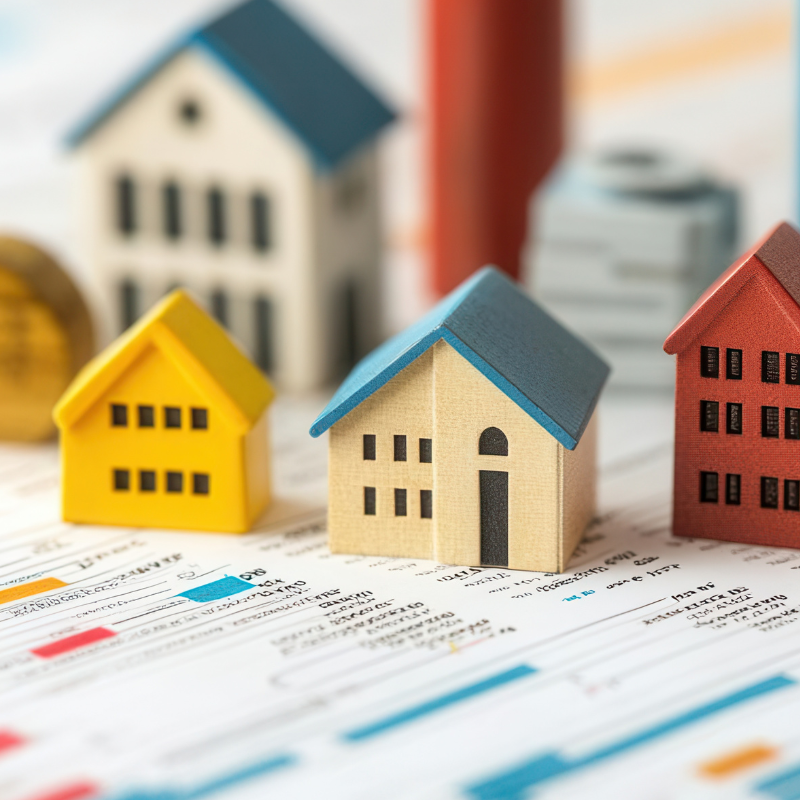Originally passed in 2005 as part of the Energy Policy Act, this deduction was set to expire at the end of 2020 after numerous extensions. However, it was instead made permanent on December 27, 2020 as part of the Consolidated Appropriations Act, 2021.
Utilizing Internal Revenue Code Section 179D, building owners are able to claim a tax deduction of up to $1.80 per square foot (SF), adjusted for inflation, for installing energy efficient systems in either new construction, rehabilitation or remodel/retrofits of commercial buildings, and residential properties with four stories or more. Tenants responsible for their own eligible improvements can also claim the deduction. This deduction, when taken, reduces the cost basis of the asset for depreciation purposes. Currently, the deduction is available for buildings or renovations placed in service after December 31, 2005 to the current year. If the qualifying property was placed in service in a prior year, taxpayers can catch up depreciation on the qualifying property through a change in accounting method using Form 3115.
There are two ways a property can qualify for the deduction. The first method is by improving the building’s energy efficiency by at least 50% as compared to a building constructed in accordance with specified American Society of Heating, Refrigerating, and Air-Conditioning Engineers(ASHRAE) 90.1 standards. The 50% standard has gone up over the years from the 2001 ASHRAE standard to the 2007 ASHRAE standard commencing in 2016. For property placed in service after 2020, the standard will be the ASHRAE standards in effect two years before the start of construction.
If the entire building does not meet the 50% test, a partial expense can be claimed in an amount limited to the lesser of cost or $0.60/SF for each of the building’s lighting, HVAC, and building envelope costs that meet the applicable efficiency test. A simplified method allows a prorated deduction ranging from $0.30 to $0.60/SF as the lighting power density decreases from 25% to 40% of standard.
trusted advisor.
A certification report is required to claim the 179D deduction and should include the results of an approved open source energy modeling software. The model must show a reduction in energy use compared to the applicable ASHRAE standard. A physical inspection of the qualifying building systems by a licensed engineer or contractor is required for the certification.
Federal, state, local, and municipal entities pay no tax and may allocate the deduction for use by the “person primarily responsible for designing the property.” Although the IRS has published guidance, normally the architect, engineer, contractor, or other party responsible for design is eligible to utilize the deduction with a signed allocation letter meeting IRS regulations from the public entity or building representative owning the property. A person only installing, repairing, or maintaining the property is not considered a designer and not eligible to participate. The government owner determines to whom the deduction is allocated but may allocate the deduction among several designers. The deduction is available to designers for all open tax years by filing amended returns. Compensation, if any, for the allocation of the deduction is a jurisdictional matter and should established in advance. Other tax-exempt organizations, like not-for-profits or universities, are not eligible for the deduction.
The navigation of Section 179D for commercial, as well as government-owned buildings can be complex; reach out to your Withum advisor with any questions about qualifying for this deduction.
Author: Stu Koch | [email protected]
Real Estate Services


